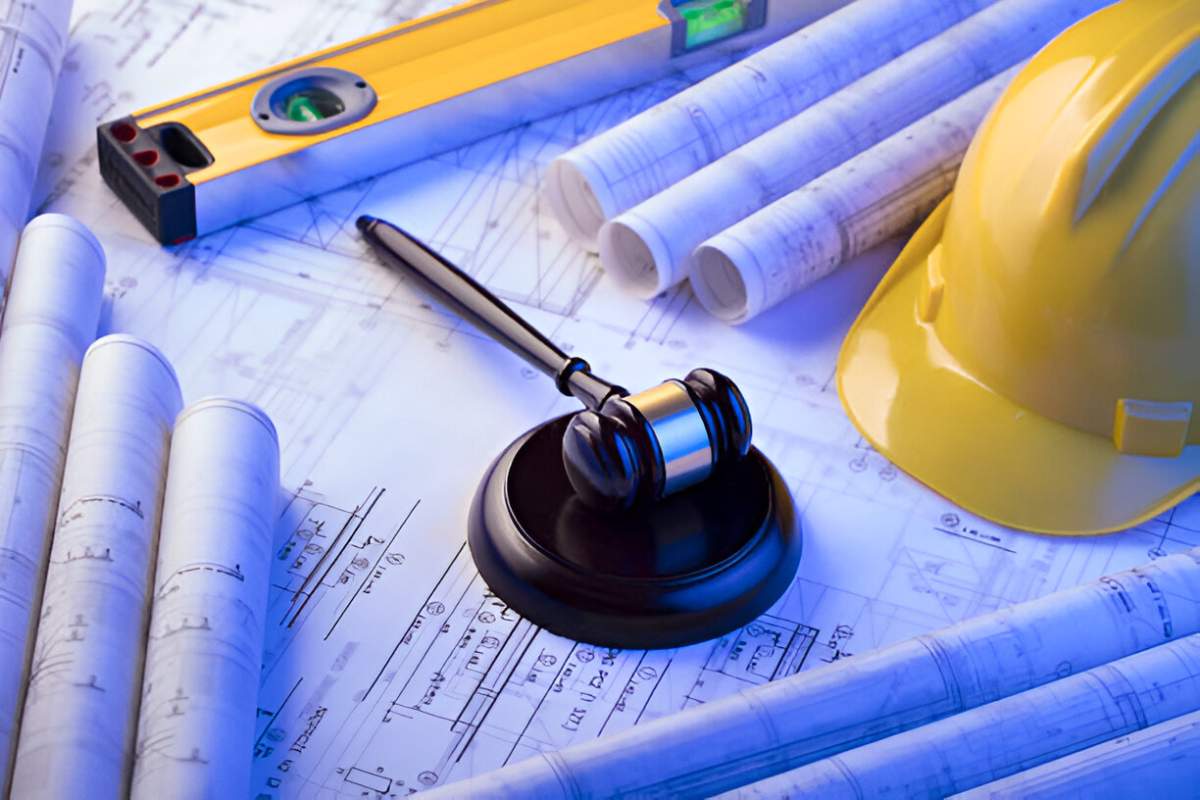Building a new home or commercial property is a significant investment. When something goes wrong during the construction process, the consequences can be costly, frustrating, and even dangerous. In Ohio, construction defects legal implications can lead to serious disputes involving homeowners, builders, contractors, developers, and even manufacturers of materials. Understanding what’s at stake legally is essential if you’re dealing with a problem related to faulty construction—whether as a homeowner or someone in the construction industry.
What Counts as a Construction Defect in Ohio?
In legal terms, a construction defect is a condition that reduces the value of a building or makes it unsafe or unsuitable for its intended use. Common causes include poor construction practices, the use of flawed materials, failure to meet code requirements, or mistakes in the design phase. In Ohio, construction defects are typically classified into two categories: patent defects, which are visible and obvious upon inspection, and latent defects, which are hidden and may take months or even years to appear.
Common examples of construction defects include water intrusion due to improper flashing or sealing, foundation cracks, electrical issues, roofing failures, mold growth, and structural problems. While some defects may seem minor, they can often signal more significant underlying issues. When these problems arise, the question of liability becomes central—who is responsible, and how can it be addressed legally?
Legal Rights of Property Owners in Ohio
If you’re a property owner in Ohio and you’ve discovered a defect in your home or building, you may have the right to take legal action. Under Ohio law, property owners can seek compensation for damages caused by construction defects, but the timing of when you act is crucial.
Ohio has a statute of limitations and a statute of repose that define how long you have to bring a claim. The statute of limitations for a construction defect claim is generally two years from the date the defect is discovered or reasonably should have been discovered. However, Ohio’s statute of repose places an absolute limit of ten years from the date of substantial completion of the construction project. This means that even if a latent defect doesn’t become apparent until much later, if it surfaces after ten years, your ability to take legal action may be barred.
It’s also worth noting that Ohio law follows the “economic loss rule.” This legal principle limits recovery for purely financial losses (like decreased property value or repair costs) unless there is a contractual relationship between the parties or a warranty involved. For this reason, construction contracts and warranties play a critical role in determining legal remedies.
Construction Contracts and Warranties
Most construction projects are governed by written contracts that outline the responsibilities of each party involved. These contracts often include warranties—either express (clearly written into the agreement) or implied (assumed under state law). In Ohio, even if a contract doesn’t specifically state a warranty, there may still be an implied warranty that the work will be done in a workmanlike manner and that the structure will be suitable for its intended use.
When construction defects arise, one of the first steps is to review the contract and warranty terms. The presence or absence of these clauses can determine the legal obligations of the builder or contractor. For example, if a builder provided a one-year warranty for workmanship and the defect appears within that time, the property owner may be able to compel the builder to repair the issue or compensate for the damage.
However, once that warranty period expires, it can be more difficult to pursue a claim unless the defect falls under the category of negligence or breach of contract. That’s why legal guidance can make a major difference in evaluating whether your claim is valid and how best to pursue compensation.
Liability and Who Can Be Held Responsible
The responsibility for construction defects can involve more than just one person. If the problem stems from poor oversight or inferior materials, the general contractor could be legally liable. In other cases, a specific subcontractor—like a plumber or electrician—may be at fault for poor workmanship. Material suppliers and manufacturers can also be held liable if a product they provided was defective and contributed to the damage.
Determining liability often involves a detailed investigation, sometimes requiring independent inspections or engineering assessments to identify the exact cause of the defect. From there, the question becomes whether negligence, breach of contract, or violation of building codes occurred—and who had the responsibility to prevent it.
Another layer of complexity comes in the form of insurance. Builders and contractors often carry liability insurance, which may cover damages caused by construction defects. However, insurance companies may dispute claims, delay payments, or deny coverage altogether. Navigating these construction defects legal implications takes time, persistence, and an understanding of Ohio’s legal landscape.
The Role of Mediation and Litigation
When a construction defect surfaces, litigation is not always the first step. In fact, many construction contracts in Ohio require parties to engage in mediation or arbitration before filing a lawsuit. These alternative dispute resolution methods can sometimes resolve the issue more quickly and cost-effectively than going to court.
However, if mediation or arbitration fails—or if the defect is especially serious and causes significant financial harm—litigation may be necessary. In that case, the court will evaluate the evidence, including contracts, inspection reports, testimony, and photographs of the damage. The goal is to determine liability and calculate fair compensation for repair costs, diminished property value, and any related expenses.
Because construction defect cases can be highly technical and involve multiple parties, it’s important to build a strong legal strategy from the outset. Timing, documentation, and familiarity with Ohio’s specific legal standards all play a role in whether a case succeeds.
How Cavell Law Can Help
If you’re facing the consequences of a construction defect in Ohio, the legal process can feel overwhelming. That’s where Cavell Law comes in. With a focus on real estate and construction-related legal matters, we help homeowners, builders, and property managers navigate the complexities of defect claims with clarity and confidence.
From reviewing contracts and warranties to evaluating liability and representing clients in negotiation or litigation, Cavell Law provides personalized legal support tailored to your situation. Construction defects legal implications are more than just a property issue—they can affect your financial security and peace of mind. With the right legal partner, you can take control of the situation and move toward a resolution.
Final Thoughts
Understanding the construction defects legal implications in Ohio is essential for protecting your rights and your investment. These situations are rarely straightforward, often involving overlapping responsibilities, tight legal deadlines, and significant financial stakes. Whether you’re dealing with a leaking roof, a shifting foundation, or something more hidden, getting informed and seeking the right legal guidance can make all the difference.
At Cavell Law, we’re here to help you make sense of your options and pursue the outcome you deserve.











Leave a Comment